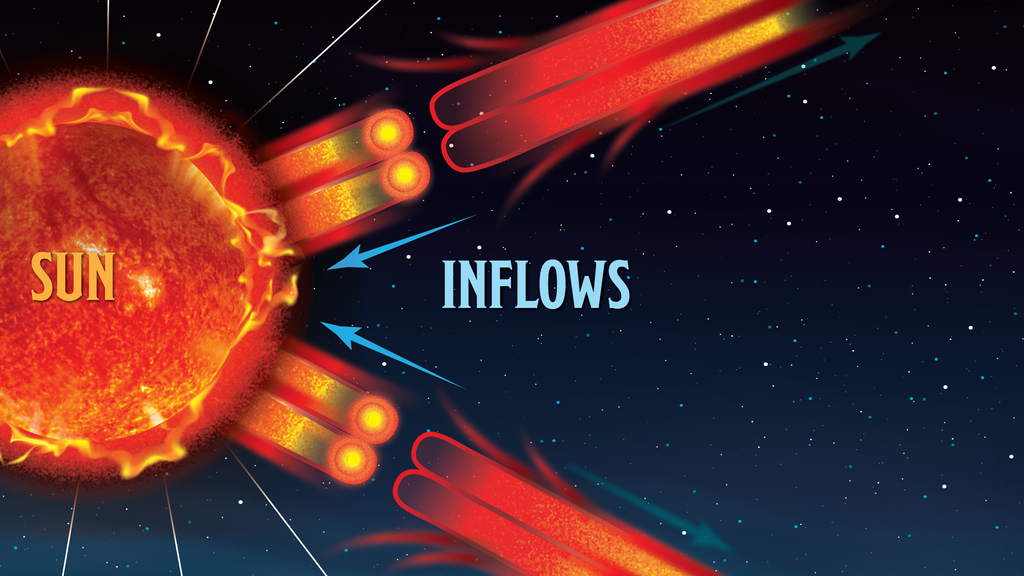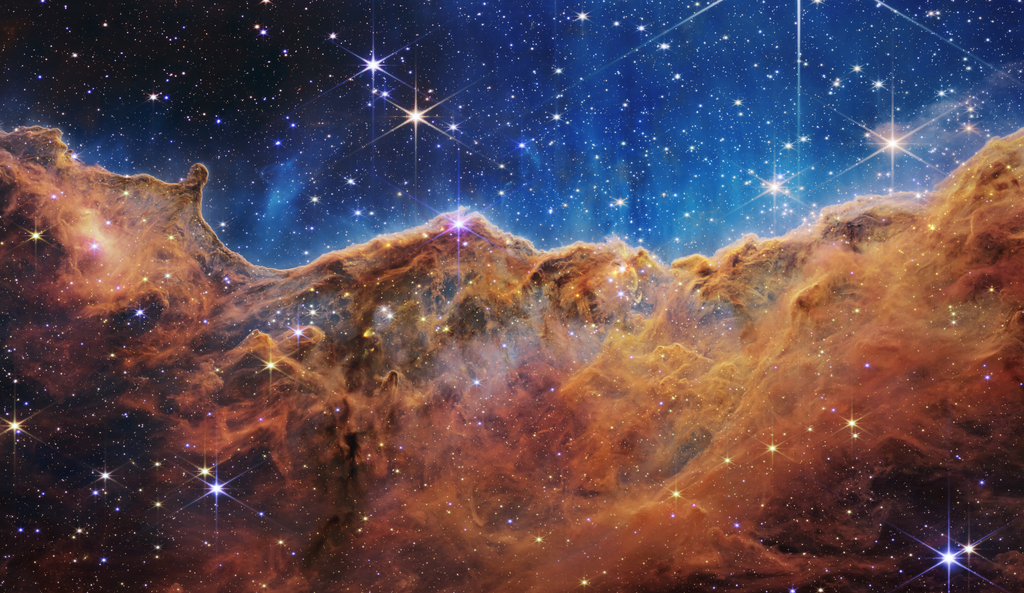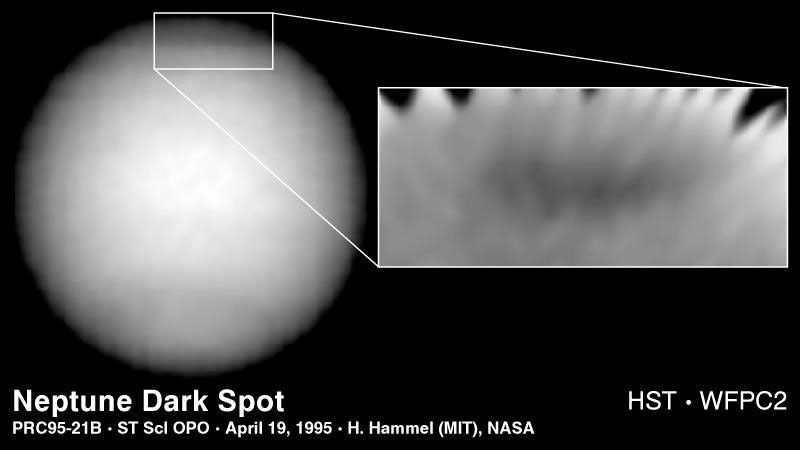The distant, blue-green planet Neptune has again surprised astronomers with the emergence of a new great dark spot in the cloudy planet's northern hemisphere. The feature was discovered by NASA's Hubble Space Telescope.
Only last June, Hubble images revealed that a great dark spot in the southern hemisphere - discovered by the Voyager 2 spacecraft during its 1989 flyby - had mysteriously disappeared.
The new dark spot is a near mirror-image of the previous feature first mapped by Voyager 2. The northern dark spot discovered by Hubble is accompanied by bright, high-altitude clouds. As atmospheric gasses flow up over the spot, they cool to form these methane-ice crystal clouds.
"Hubble is showing us that Neptune has changed radically since 1989," said Heidi Hammel of the Massachusetts Institute of Technology. "New features like this indicate that with Neptune's extraordinary dynamics, the planet can look completely different in just a few weeks."
Like its predecessor, the new spot might be a hole in Neptune's methane cloud tops that gives a peek to lower levels of the atmosphere. "We weren't surprised the other spot disappeared, "said Hammel. "It was kind of 'floppy' because it changed shape as atmospheric circulation carried it around the planet." (By contrast, Jupiter's Great Red Spot, which is similar to Neptune's original spot in relative size and position, has remained stable in appearance for at least 300 years.)
Hammel points out that studying the dynamics of Neptune's immense atmosphere might lead to a better understanding of Earth's atmosphere. "Neptune's unusual behavior is showing us that though we can make great models of planetary atmospheric circulation, there may be key pieces missing."
Energy from the Sun drives Earth's weather system. However, the mechanism must be very different on Neptune because the planet radiates 2 times more energy than it receives from the distant, dim Sun.
Neptune's atmosphere might be so dynamic because the cloud tops are warmed from below by this strong internal heat source. A slight change in the temperature differential from cloud bottom to top might trigger rapid, large-scale changes in atmospheric circulation.
Since the 1989 Voyager flyby, astronomers using ground-based telescopes have not been able to resolve the subtle structures in Neptune's variable atmosphere, particularly the low-contrast dark features.
The astronomers don't know how long the new feature will last. For the first time in planetary history though, Hubble will allow astronomers to follow the details of Neptune's atmospheric changes over at least a decade.
































